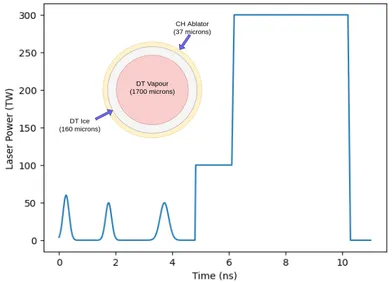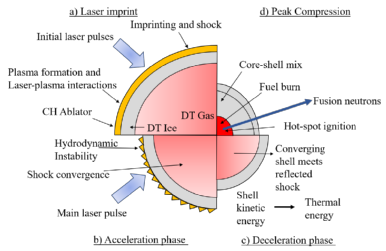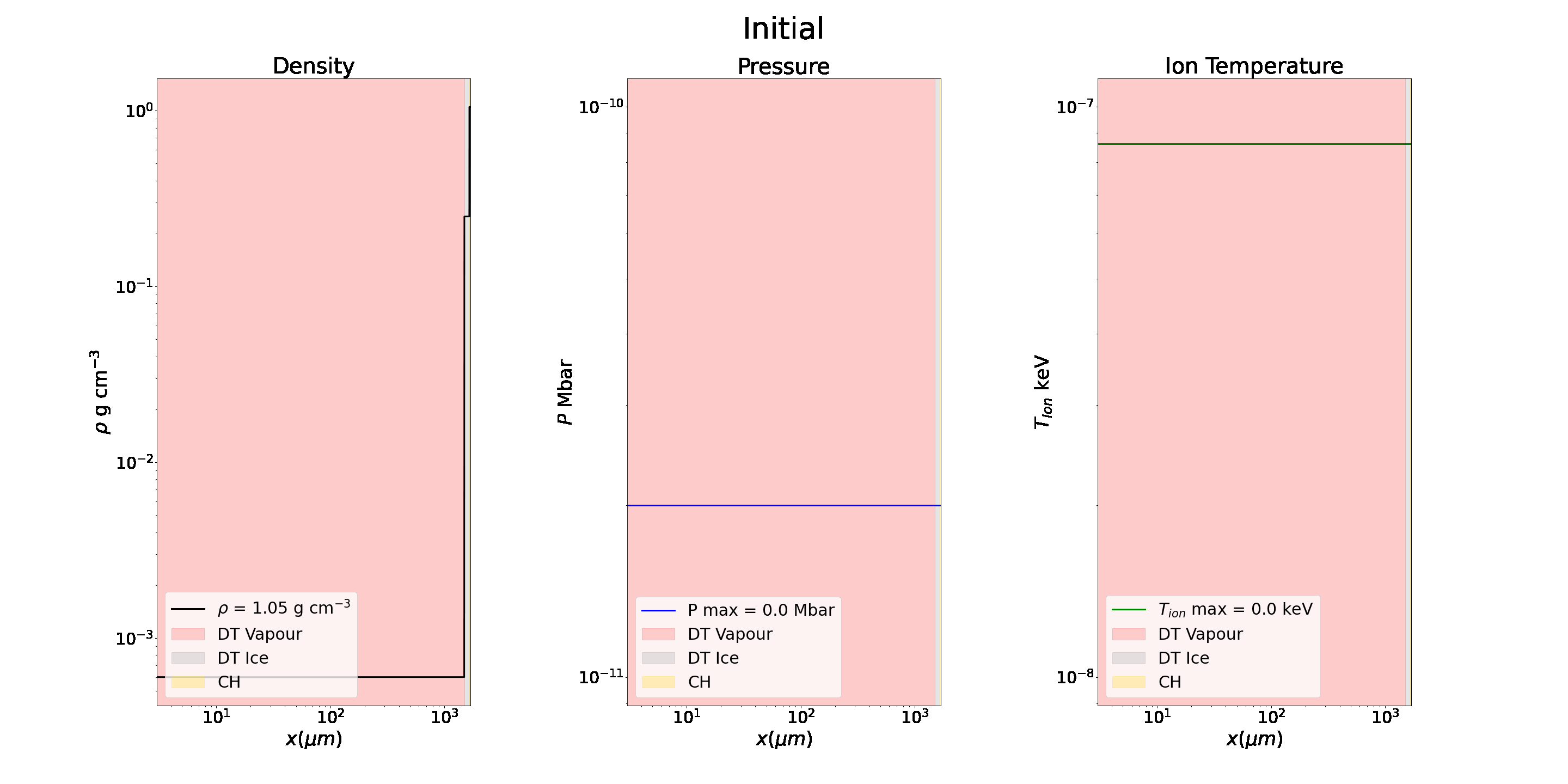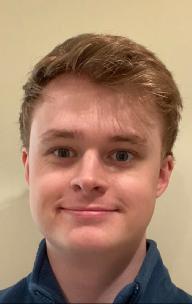Ben Gosling
PhD Title: Using surrogate models to optimise designs for laser-driven fusion power production
Supervisors: Prof. Tony Arber, Dr Keith Bennet and Dr Tom Goffrey (Department of Physics)
About Me:
I completed my undergraduate degree in Physics at the University of Warwick, achieving a first class MPhys in 2021. I primarily studied areas of particle and plasma physics, which lead to me choosing to do my final year project in the area of Inertial Confinement Fusion (ICF), supervised by Dr Tom Goffrey.
My project focused on creating and implementing a 1D hot-electron model into the Freyja code, which simulates ICF implosions using a Lagrangian hydrodynamic model. Hot-electrons have the ability to quench many fusion reactions from taking place, therefore making it a source of interest to research into.
The generation of hot-electrons arise from highly kinetic processes (three wave parametric instabilities), which couldn't be fully incorporated into a purely hydrodynamic model. The aim of my PhD is to help merge the two simulation scales (kinetic and hydro) to interpret experiments which are dominated by laser plasma instabilities (LPI's), such as two-plasmon decay and stimulated Raman scattering.
The aim is to do this by deriving a suitable surrogate model for the LPI appropriate for specific experimental configurations which can be included in radiation hydrodynamics simulations.
Below is a typical example of a ICF capsule implosion (without hot-electron generation).
Direct-Drive Inertial Confinement Fusion:


Fig. (1) : Craxton et al. direct-drive laser profile and capsule design [1].

Fig. (2) : Time lapse of capsule implosion for the schematic above using the one-dimensional laser-fusion code Freyja.
The time lapse above nicely shows the key stages of a typical ICF implosion, in which the aim is to create a central hot-spot which kick-starts fusion reactions, as well as creating a highly compressed fuel shell which aims to trap outgoing alpha particles to produce a significant burn wave.
[1]. R.S. Craxton et al., Direct-drive inertial confinement fusion: A review, Physics of Plasmas 22, 110501 (2015). DOI: http://aip.scitation.org/doi/10.1063/1.4934714

